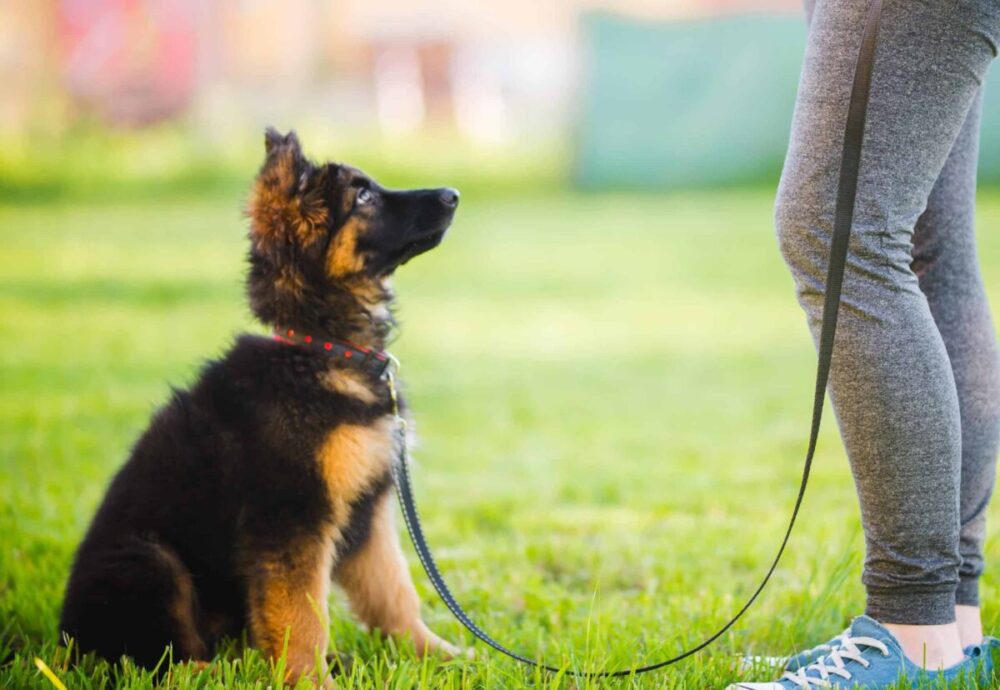Dog training is one of the best ways to ensure your pup is well-behaved, manageable, and happy. While there are many detailed approaches to dog training, a few simple tips from a professional can help you get started – and avoid common mistakes. With just a bit of knowledge and patience, you can have your pup behaving like a champ in no time.
Do’s
Training your dog can be a rewarding experience when done properly. Here we will look at the do’s when it comes to training your pup. Let’s get into the details of what you should do when training your pup.
Establish a Routine
Establishing a routine for your puppy is an important part of their training and can help to keep them on track. Tips from dog training Essex can be very helpful. Start by establishing a regular feeding schedule for both of you—try to feed your puppy at the same time every day and do it in the same spot each time. Then, establish a regular sleeping/napping time for them as well, preferably after being outside for exercise and when they have had an opportunity to expend some energy.
Use Positive Reinforcement
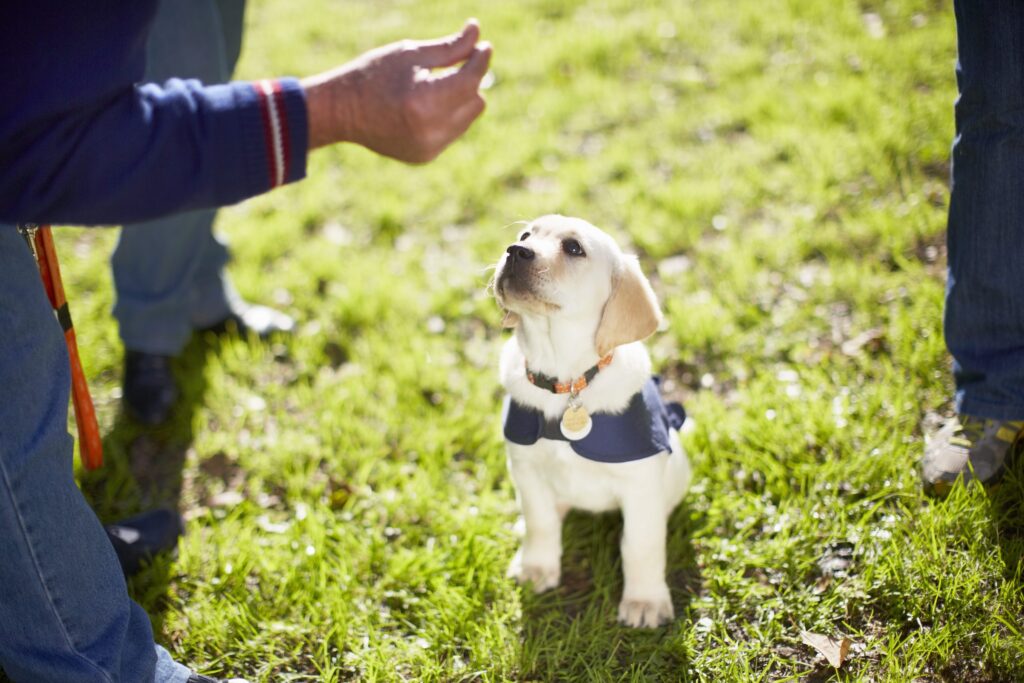
Source: countrylife.co.uk
Positive reinforcement is an effective and time-tested way to reinforce desired behaviors in dogs. It simply involves reinforcing desired behaviors by providing an immediate reward, such as a treat or verbal praise.
Positive reinforcement helps to create a stronger bond between trainer and dog and increases the likelihood that the pet will perform the desired behavior when asked. Using positive reinforcement also builds trust and teaches the dog that performing a desirable behavior will result in something good happening.
Break Training into Small Steps
The most effective way of breaking down a task is by building up from a very minimal requirement level until the desired output is achieved. For example, if you are teaching your pet ‘sit’, start off by having her stand and reward her for standing.
Then move on to having her sit for one second before rewarding her and gradually increase the duration for which she must remain in that position until she is able to sit without being asked or without prompting.
Practice in Different Locations
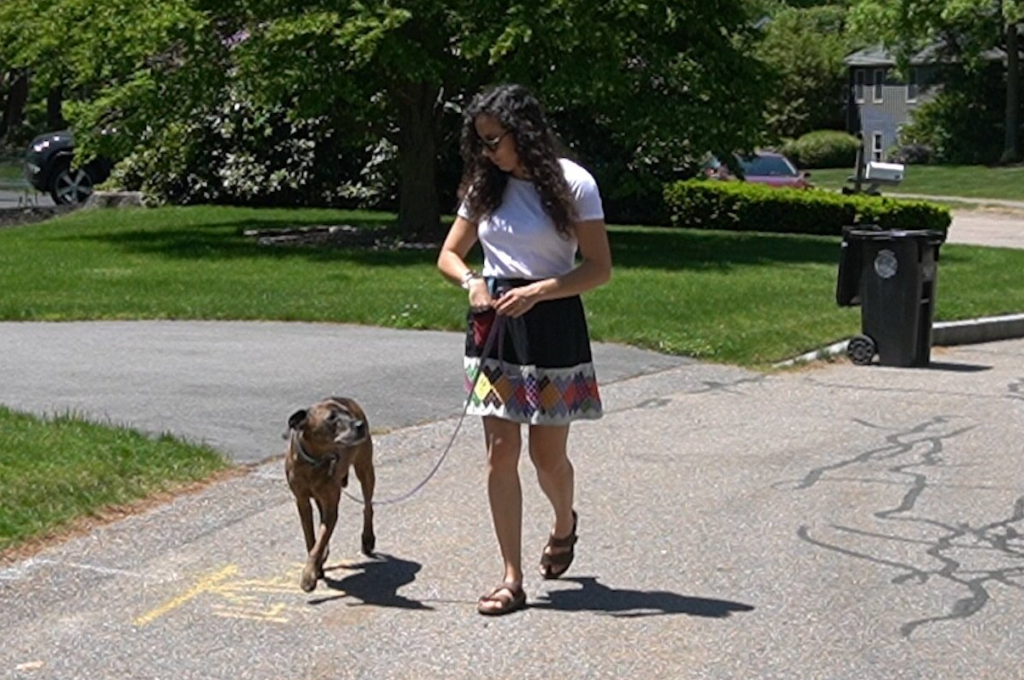
Source: hazeldog.com
Take them for walks around your neighborhood and practice basic commands there, too. When out on an adventure, bring a favorite toy or treat to encourage quick responses and reward each successful action.
Don’t forget the basics – set up times to practice each day (consistent repetition is key!), keep the commands short and simple, and positive reinforcement is always best!
Use Treats and Toys
The key is to pick treats and toys that your pet enjoys. This can come with trial and error, or you can ask any professional trainer you are working with for recommendations.
When it comes to treats, it helps to have a variety of flavors – some that are stronger than others – so you don’t end up with a “treat burnout” with your pup quickly becoming bored or not as interested when they anticipate the same type of treatment each time.
For toys, consider chewable items such as rope toys that can stand up to plenty of tugging fun as well as puzzle feeders that dispense treats over time for more mental stimulation.
Don’ts
One of the primary don’ts when it comes to dog training is to never use harsh methods such as hitting or yelling. Not only can these methods be ineffective, but they can also create negative associations with training and make it harder for you and your pet to work together.
Read on to find out more about what other don’ts you should consider when it comes to dog training.
Don’t Use Physical Punishment
Physical punishment to train a dog is never an effective method and it can be very harmful. Punitive measures like smacking the pet, using electric shock collars, hitting with newspapers, or other physical forms of punishment will inevitably lead to aggressive behavior and do not teach your pup helpful behaviors.
Instead, remain calm and use positive ways such as treats for rewards, or simply ignoring the unwanted behavior when necessary. Use humane methods such as clickers or verbal cues to give consistent and positive communication of desired behaviors rather than punishing unwanted ones.
Don’t Use Verbal Punishment
While it may seem like an effective way of communicating what they did wrong, verbal punishment can be counter-productive if used improperly. Yelling or shouting at dogs can end up scaring them and making them resentful towards humans in general. Punishing a pet with aggressive physical methods will only make the problem worse, potentially leading to more undesirable behaviors such as growling and biting.
Don’t Use Fear or Intimidation
The use of fear, intimidation or physical punishment should never be used in dog training. This not only creates a stressful environment for your pet and can worsen problem behaviors, but it also erodes the bond of trust between you and your dog. Fear-based techniques are no longer accepted as good practice in the animal behavior and canine training world.
Don’t Over-Train
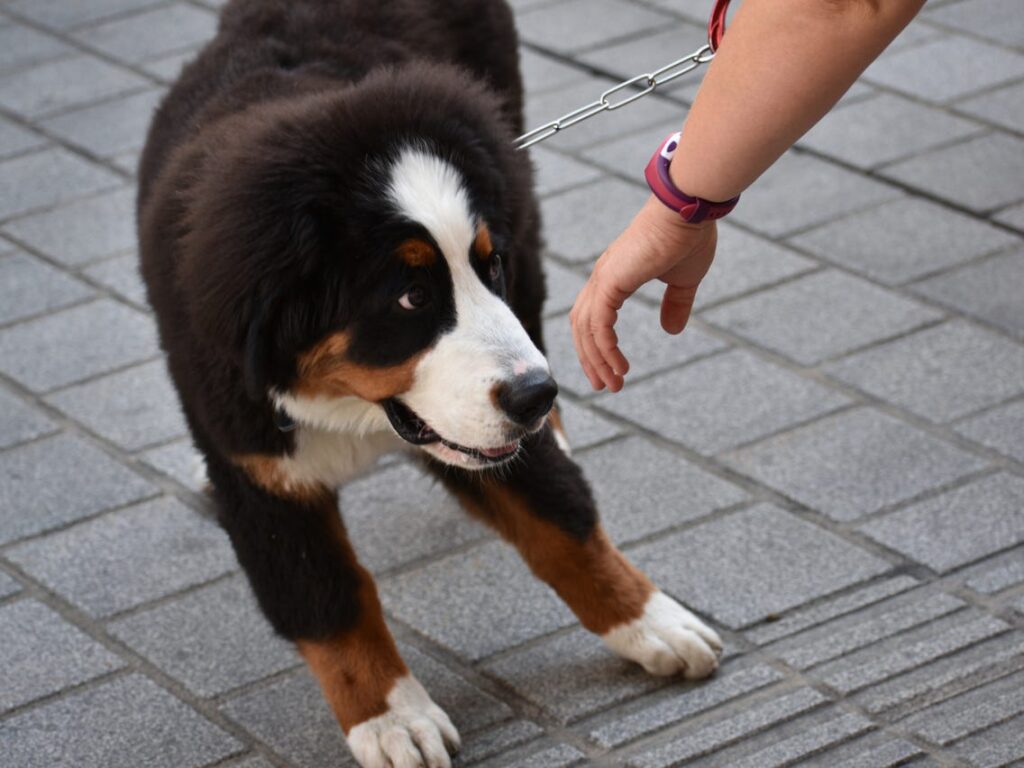
Source: insider.com
When it comes to training, it can be tempting to try and get through all the commands you want your pup to learn quickly. However, over-training your pooch can lead them to become easily confused and stressed, rather than enjoying the learning process. Be sure to spread out your lessons over a period of time, keeping them short and sweet; even just five minutes a few times daily can have remarkable results.
Don’t Ignore Bad Behavior
Punishment is not the only way to discourage bad behaviors. Before deciding to punish your dog for bad behavior, assess the root cause of the behavior and seek a more understanding response.
It’s important to remain educated on the type of punishment you should use when to use it and for what types of behaviors. Ignoring inappropriate behavior can inadvertently teach your dog that it’s ok for them to keep doing it.
Conclusion
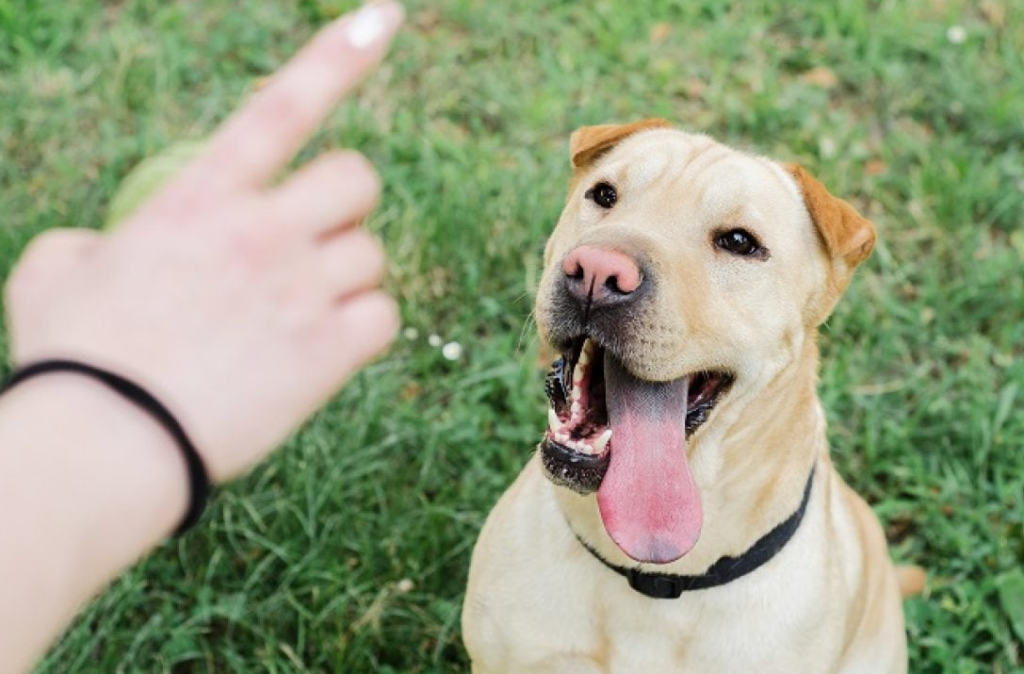
Source: dogtime.com
Overall, training your dog can be challenging without the proper tips and techniques. It is important to remember that patience and consistency are essential elements of successful dog training. Consistency and repetition will help your dog focus on learning during his or her training sessions, while also providing valuable feedback on how you communicate with them.
If possible, consider hiring a professional dog trainer to assist in the process. With their expertise and knowledge in understanding canine behavior and communication, a professional will be better equipped to personalize the exercise for you and your pup’s specific needs. Additionally, this could be beneficial for strengthening the bond between you and your pet while providing more consistent results throughout their lifetime.

